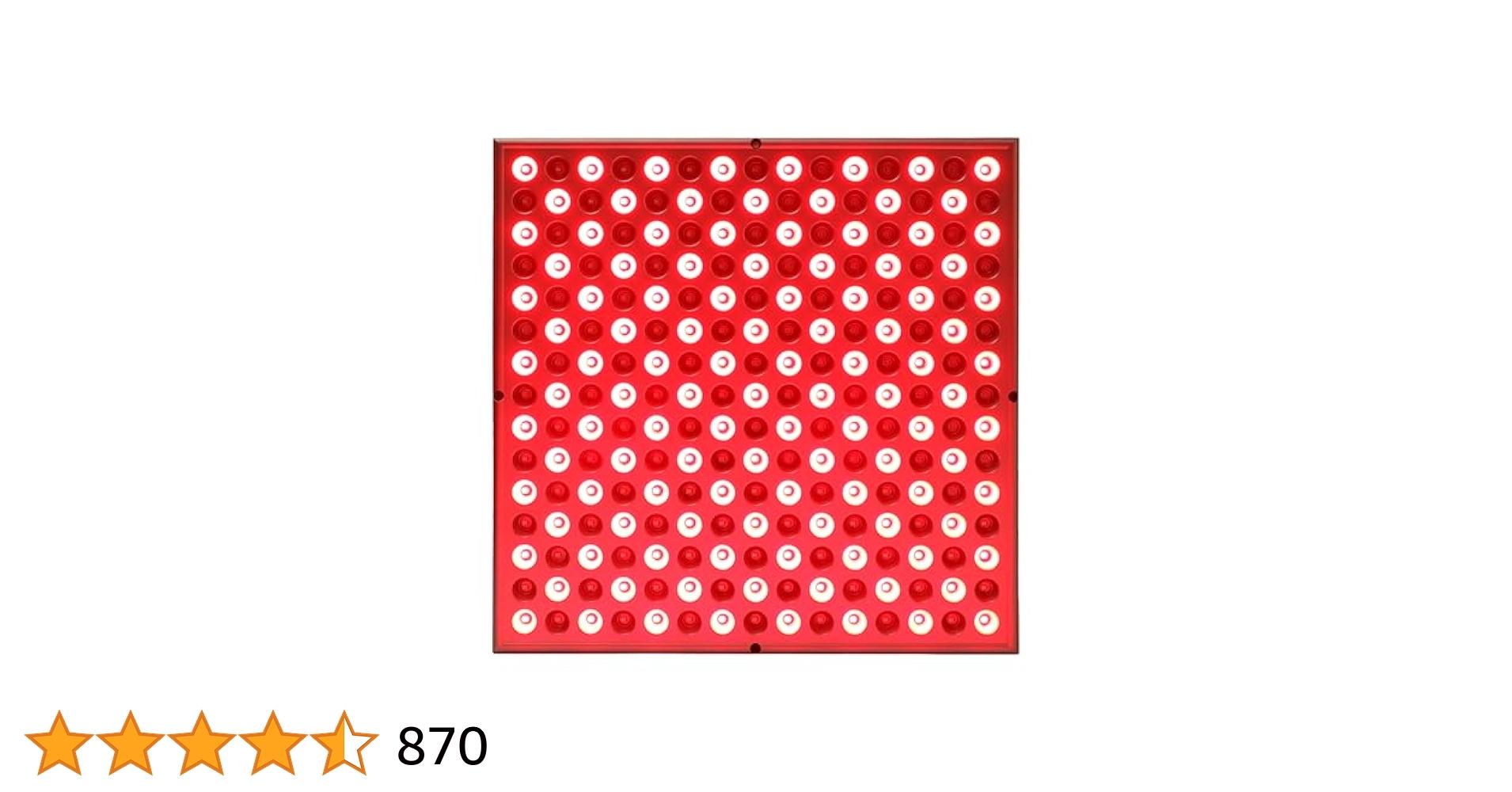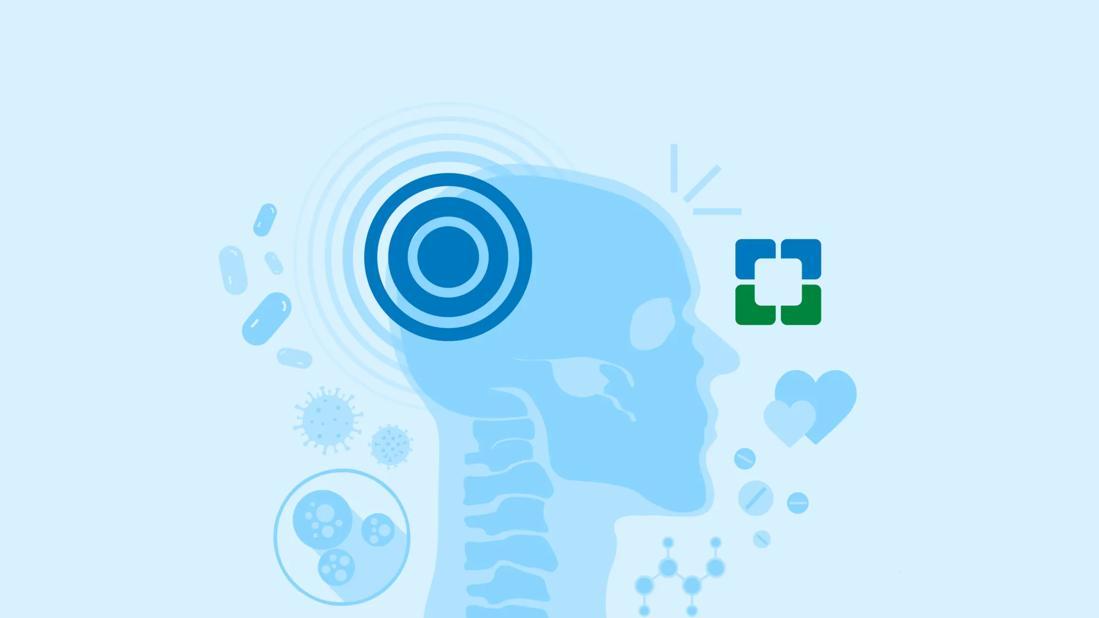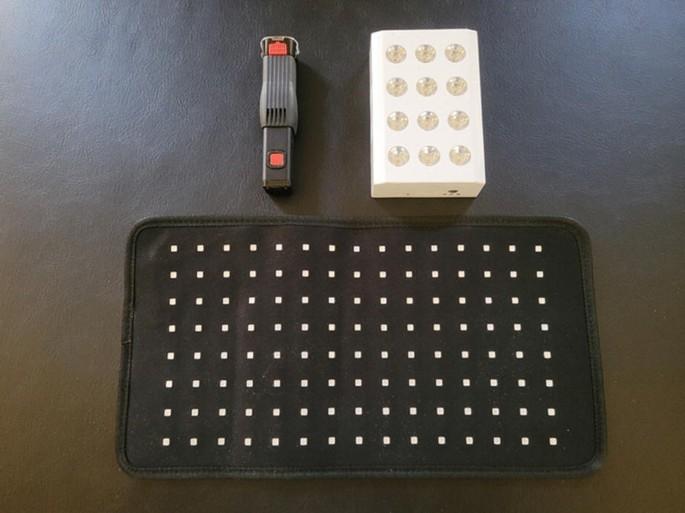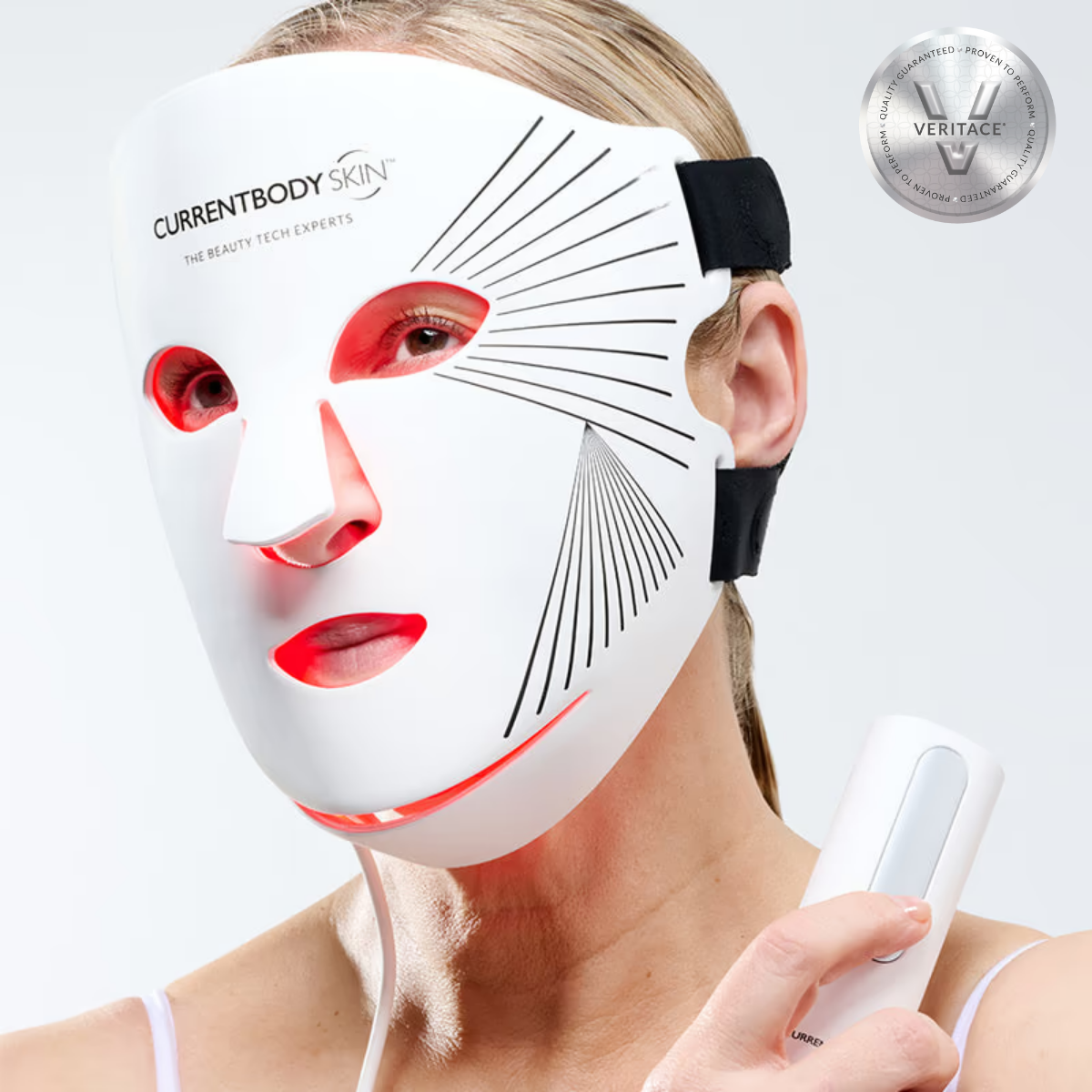Embarking on the journey of light therapy can be a game-changer for your well-being, but the question of what time of day should you use light therapy often surfaces as a primary concern for newcomers. At Glow Pulse Therapy, we believe understanding the optimal timing is as crucial as choosing the right device. This guide aims to illuminate the best practices for incorporating light therapy into your daily routine, ensuring you harness its full potential for mood, energy, and sleep regulation.
The Circadian Connection: Why Timing Your Light Therapy Matters
Our bodies operate on an intricate internal clock, known as the circadian rhythm, which largely dictates our sleep-wake cycles, hormone production, and energy levels throughout a 24-hour period. Light, particularly bright light, is the most powerful synchronizer of this internal clock. When and how you expose yourself to light can significantly influence your circadian rhythm, either reinforcing healthy patterns or inadvertently disrupting them. Understanding this fundamental connection is the first step toward mastering light therapy timing.
{width=1600 height=836}
How Does Light Influence Your Internal Clock?
The specialized light-sensitive cells in your eyes, distinct from those used for vision, send signals directly to the suprachiasmatic nucleus (SCN) in your brain – the master clock. This SCN then orchestrates the release of hormones like melatonin (which makes you feel sleepy) and cortisol (which wakes you up and provides energy). Early morning light signals your body to reduce melatonin production and increase cortisol, promoting wakefulness and alertness. Conversely, the absence of bright light in the evening allows melatonin to rise, signaling it’s time for sleep.
Optimal Timing for Different Light Therapy Goals
The “best” time for light therapy isn’t a one-size-fits-all answer. It depends largely on what you’re trying to achieve. Let’s break down the ideal timing for common light therapy applications.
Morning Light Therapy: The Gold Standard for SAD and Energy
For most individuals, especially those dealing with Seasonal Affective Disorder (SAD), general low mood, or simply seeking an energy boost, morning is unequivocally the best time for bright light therapy.
- Why Morning? Exposing yourself to bright light shortly after waking up helps to “reset” your circadian rhythm for the day. It signals to your brain that it’s daytime, suppressing melatonin production and promoting alertness. This mimics the natural rise of the sun and helps regulate your internal clock to a healthy 24-hour cycle.
- Benefits: This morning exposure can significantly improve mood, increase energy levels, enhance focus, and alleviate symptoms of SAD. It effectively combats the “winter blues” by compensating for the lack of natural sunlight during shorter, darker days.
“Think of morning light therapy as hitting the reset button for your body’s internal clock,” says Dr. Anya Sharma, a renowned chronotherapy specialist. “It tells your brain, ‘Good morning! It’s time to be awake and vibrant,’ setting a positive tone for your entire day.”
- How Early is “Early”? Ideally, within the first hour of waking, and definitely before 9 AM. The earlier, the better for synchronizing your rhythm.
- Duration: Typically, 20-30 minutes, but this can vary based on the intensity of your light device and individual response.
{width=600 height=315}
Light Therapy for Sleep: When is It Best to Adjust Your Sleep Schedule?
While morning light therapy is crucial for most, specific sleep disorders might require nuanced timing.
- Delayed Sleep Phase Disorder (DSPD): If you consistently go to bed and wake up much later than desired, a morning light therapy session can help shift your sleep schedule earlier. The goal is to advance your circadian rhythm, making you feel tired earlier in the evening and wake up earlier in the morning.
- Advanced Sleep Phase Disorder (ASPD): Conversely, if you fall asleep and wake up too early, very specific and carefully timed evening light exposure (often for shorter durations and lower intensity, under professional guidance) might be used to delay your rhythm. However, this is less common and carries risks of sleep disruption if not done correctly.
Are There Times to Avoid Bright Light Therapy?
Generally, yes. Bright light therapy should be avoided in the late afternoon and evening, especially within several hours of bedtime.
- Why Avoid Evening Use? Exposing yourself to bright light in the evening can suppress melatonin production at a time when your body should be preparing for sleep. This can lead to difficulty falling asleep, disrupted sleep patterns, and exacerbate insomnia. It essentially tricks your brain into thinking it’s still daytime, pushing back your natural sleep onset.
“Using bright light therapy too close to bedtime is like pouring a cup of coffee right before you try to fall asleep,” explains Professor Liam O’Connell, a sleep disorder researcher. “It sends mixed signals to your brain, making it harder for your body to transition into a restful state.”
Red Light Therapy Timing: A Different Approach
It’s crucial to distinguish between bright light therapy (often blue or full-spectrum white light, typically 10,000 lux) and red light therapy. Red light therapy uses specific wavelengths (red and near-infrared) that do not primarily impact the circadian rhythm in the same way bright light does.
- Flexibility in Timing: Red light therapy for skin health, muscle recovery, or pain relief can be used at various times of the day without significantly affecting your sleep-wake cycle. Many people incorporate it into their morning routine for an energy boost or use it post-workout.
- Evening Use: Unlike bright light, red light therapy in the evening is generally considered safe and may even be beneficial for relaxation before bed, as it doesn’t suppress melatonin. Some studies suggest it might even aid sleep quality due to its non-circadian cellular benefits.
Practical Considerations for Your Light Therapy Routine
Beyond the specific time of day, consistency and duration are key components of a successful light therapy regimen.
- Consistency is Key: Just like any good habit, consistency yields the best results. Try to use your light therapy device at roughly the same time each day, even on weekends. This reinforces a stable circadian rhythm.
- Duration: Start with 20-30 minutes and adjust as needed. Some individuals may benefit from shorter or longer sessions, depending on their sensitivity and the lux output of their device. Always follow the manufacturer’s guidelines.
- Distance: Position the light at the recommended distance (usually 16-24 inches) from your face, ensuring the light reaches your eyes indirectly. You don’t need to stare directly into the light.
- Integration: Make it part of your existing morning routine. Place your light box on your kitchen counter while you have breakfast, on your desk while you check emails, or next to you while you read.
Summary Table: Bright Light Therapy Timing for Common Goals
| Primary Goal | Optimal Timing | Why This Time Works | Avoid This Time |
|---|---|---|---|
| Seasonal Affective Disorder (SAD) | Within 1 hour of waking (preferably before 9 AM) | Resets circadian rhythm, suppresses melatonin, boosts mood and energy. | Late afternoon, evening, bedtime |
| Boosting Energy & Mood | Within 1 hour of waking (preferably before 9 AM) | Promotes alertness, increases cortisol naturally, improves focus throughout the day. | Late afternoon, evening, bedtime |
| Delayed Sleep Phase Disorder | Within 1 hour of waking (to advance sleep time) | Shifts internal clock earlier, making it easier to fall asleep and wake up earlier. | Late afternoon, evening, bedtime |
| General Wellness & Circadian Regulation | Early morning | Reinforces a healthy 24-hour rhythm, optimizing natural sleep-wake cycles. | Late afternoon, evening, bedtime |
Conclusion
Understanding what time of day should you use light therapy is paramount to unlocking its full potential. For most bright light therapy users, particularly those seeking to combat SAD, boost energy, or regulate their circadian rhythm, the answer is clear: early morning is the optimal time. This strategic timing helps to align your internal clock with the natural day-night cycle, leading to improved mood, increased vitality, and better sleep quality. While red light therapy offers more flexibility, always prioritize morning sessions for bright light therapy to maximize benefits and avoid disrupting your sleep. Listen to your body, stay consistent, and consult with a healthcare professional if you have specific medical conditions or concerns.
Frequently Asked Questions
Q1: Can I use light therapy in the afternoon if I missed my morning session?
A: For bright light therapy aimed at SAD or energy, using it in the late afternoon is generally not recommended as it can disrupt your sleep cycle and make it harder to fall asleep later. It’s usually better to skip a session than to use it at the wrong time.
Q2: How long does it take for light therapy to show results?
A: Many people begin to notice improvements in mood and energy within a few days to two weeks of consistent daily use. Full benefits, especially for conditions like SAD, may take three to four weeks to become apparent.
Q3: Does the intensity (lux) of the light therapy lamp affect the timing or duration?
A: Yes, higher lux lamps (e.g., 10,000 lux) typically require shorter exposure times (20-30 minutes), while lower lux lamps might require longer sessions to achieve the same effect. The timing remains crucial regardless of intensity.
Q4: Can children or teenagers use light therapy?
A: Light therapy can be beneficial for children and teenagers, especially for circadian rhythm disorders or SAD. However, it’s essential to consult a pediatrician or child psychiatrist before starting, as dosage and timing might need careful adjustment.
Q5: Is light therapy effective for non-seasonal depression?
A: While primarily recognized for SAD, some research suggests light therapy may also be a beneficial adjunctive treatment for non-seasonal depression, particularly when used in the morning to stabilize circadian rhythms. Always discuss with a mental health professional.
Q6: Can I combine light therapy with other treatments like medication or psychotherapy?
A: Yes, light therapy is often used as part of a comprehensive treatment plan, complementing medication or psychotherapy for conditions like SAD or depression. It’s important to coordinate with your healthcare provider to ensure all treatments work effectively together.
Q7: What is the ideal distance from the light therapy lamp?
A: Most 10,000-lux light therapy lamps are designed to be effective when positioned about 16 to 24 inches (40 to 60 cm) from your face. Always refer to your specific device’s instructions for the most accurate distance and positioning.




